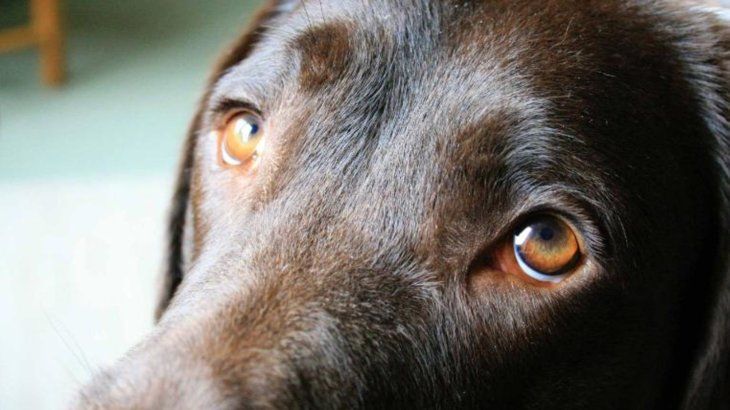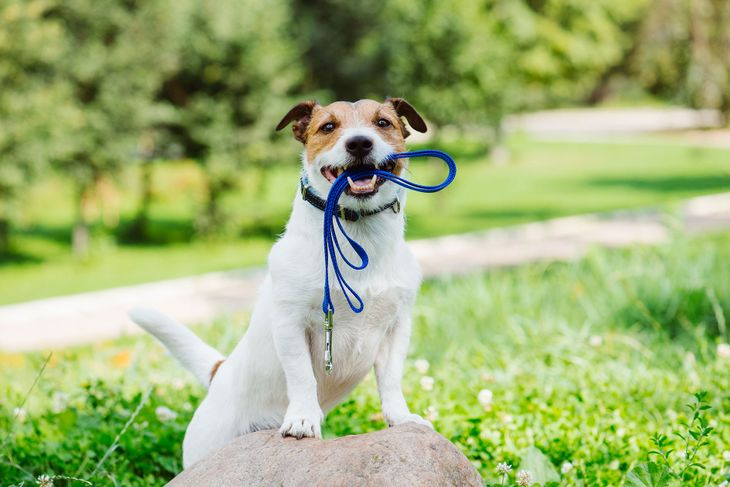I learned to identify the symptoms of sadness of your pet and discovered how to provide affective support for your well -being.
Dogs, like humans, can experience low mood states that affect their general well -being. These emotional changes can be temporary or persistent, and is essential Identify them On time to provide proper support.
The content you want to access is exclusive to subscribers.
The canine depression It is not a new phenomenon, but it is still a concept that many owners find difficult to understand. Dogs, like emotional beingsThey respond intensely to changes in their environment, routines or family dynamics.


Sad dog2.jpg

Detect if your dog is sad with these signs.
Depression signals in dogs
If your dog shows any change in their behavior, it is important to be attentive. Here we show you some of the most obvious signals that your pet could be depressed:
- Loss of interest in daily activities: A depressed dog loses enthusiasm for things he liked before, such as going for a walk or playing with his toys. This change in attitude can be a Clear indication that something is not going well.
- APPRODUCTIONS: Depression in dogs can be manifested in changes in appetite. Some dogs stop eating or, on the contrary, they eat excessless without apparent reason.
- Letargo and lack of energy: A depressed dog usually shows apathy, preferring to rest longer than usual and avoiding activities that he would normally enjoy.
- Destructive or anxious behaviors: Depression can lead dogs to develop unwanted behaviors, such as chewing objects that should not or scratch doors and furniture, trying to get attention or deal with their anguish.
- Isolation and changes in social interaction: If your dog begins to isolate himself, avoiding family members or other animals, it is a sign that he may be experiencing emotional discomfort.
- Excessive vocalizations: Frequent, crying or howls of frequent causes without clear cause are signs that your dog could be feeling alone or anxious.
Dog.jpg

Know the common causes of depression in your dog to avoid it.
Common causes in canine depression
There are several reasons why your dog can be going through a depressive state. Knowing them will help you better identify the problem and take measures to improve your well -being.
- Changes in the environment or routine: Dogs are very routine animals, so any significant change, such as moving or variations in daily routine, can emotionally affect them.
- Loss of a loved one: The death of an animal partner or the absence of an important family member can be devastating for your pet and trigger a state of sadness.
- Lack of mental and physical stimulation: Dogs that do not receive enough mental exercise or stimulation may feel boring or frustrated, which can lead to depression.
Paseo-Perros.jpg

I kept your dog happy and with energy!
Consume
How to help your dog
If you notice that your dog is going through a depression, there are several ways to help you feel better. Here are some strategies that could make a difference:
- I kept an established routine: Dogs benefit from a predictable daily routine. Establishing schedules for meals, walks and games provides them with security and helps them feel calmer.
- Provide exercise and mental stimulation: Make sure your dog exercises regularly and have enough opportunities to challenge your mind. Interactive games or training activities can be very useful.
- I offered company and attention: Dedicate quality time to your dog, providing company and affection. The close contact can help you feel safer and more reconnected.
- Consider changes in the home: If possible, minimize important changes in your environment that can cause stress. This includes avoiding strong noises or alterations in the daily routine.
- Consult the veterinarian: If the symptoms persist or get worse, it is essential that you go to a veterinarian to rule out underlying health problems or receive additional advice on how to handle your dog’s depression.
Dog depression is a real problem, but with the right approach, your pet You can overcome it. The key is to detect symptoms in time, understand the causes that may be affecting it and provide the necessary support. Do not hesitate to search Professional help If necessary, but remember that you Love, attention and patience They are fundamental to help your dog to feel better and recover their energy and joy.
Source: Ambito
I am an author and journalist who has worked in the entertainment industry for over a decade. I currently work as a news editor at a major news website, and my focus is on covering the latest trends in entertainment. I also write occasional pieces for other outlets, and have authored two books about the entertainment industry.




